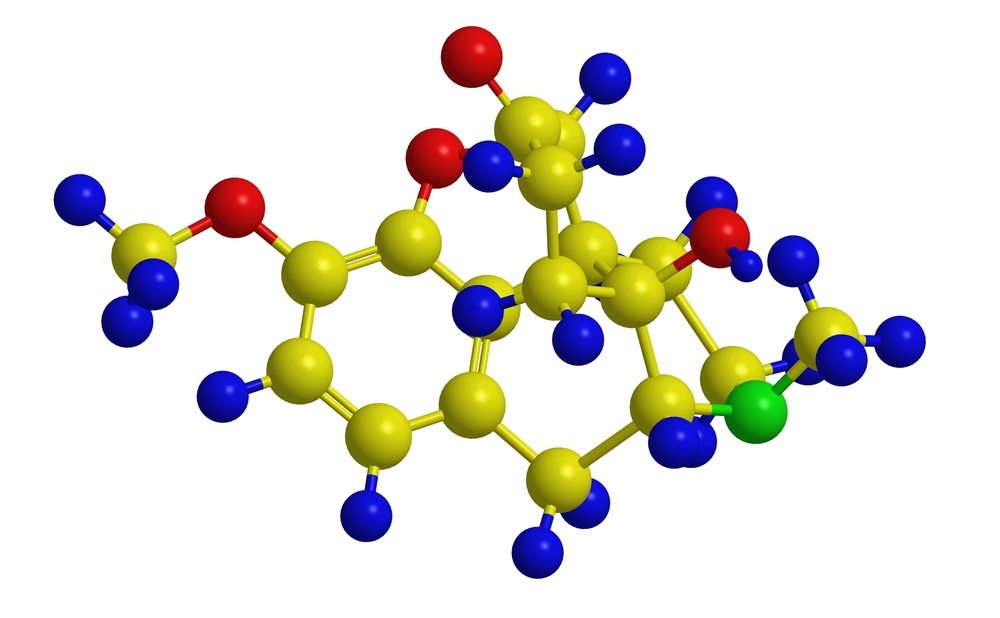OxyContin is a substance used in the treatment of patients experiencing moderate to severe pain. OxyContin interacts with the opiate receptors in the brain and spinal cord but the effects are different for each individual, depending on many factors. Though highly addictive, not every person who uses it will become addicted. Explore how OxyContin works and what to do if an individual becomes addicted.
How it Works
Prescription doses of OxyContin range from 10-80 mg taken to provide pain relief. Oxycodone is one ingredient of OxyContin, an opium-derived synthetic rug affecting brain activity. OxyContin binds to opiate receptors in the brain, numbing pain. At the same time, euphoric feelings may result in a ‘high’ for individuals who use OxyContin which makes the individual want to keep using over and over again. Most drug screen panels which test for opiates/opioids can detect OxyContin in the body 1-3 days after ingestion in urine tests.
Brain & Nervous System
Opioids act by binding to receptors, found on surfaces of certain cells, mostly in the brain. Although the exact way oxycodone works is unknown, experts have identified specific opioid receptors in the central nervous system thought to play a role in how OxyContin works in the body. Some of the possible side effects of taking OxyContin can include:
- Impaired coordinator
- Dizziness
- Overdose
- Drowsiness
- Euphoria
- Loss of consciousness
- Shallow breathing
- Slowed heart rate
- Nausea/vomiting
The more serious and life-threatening side effects are more likely to occur when OxyContin is not taken as directed. Taken as directed, OxyContin may only produce mild side effects.
How it Works
OxyContin is an extended-release medication with effects that can last up to 24 hours. What makes it work is that it provides pain relief in increasing doses. The ceiling for which a person may feel positive effects of OxyContin is felt only when side effects occur. The more a person takes, the more serious the effects including respiratory distress. Increased doses of the drug are best taken under physician supervision. OxyContin should not be taken along with other central nervous system depressants like alcohol or benzodiazepines. OxyContin can cause excessive drowsiness and is dangerous when mixed with other medications. Taken as directed, it is safe unless an individual feels the dosage is not appropriate and starts to feel withdrawal upon quitting.
Addiction Support
An individual who may be addicted to OxyContin should seek out professional advice and support from family, friends, physicians and addictions specialists as needed. It is possible for an individual to recover from an addiction to painkillers such as OxyContin, It takes persistence and diligence to focus on recovery but, in the end, the support of loved ones and professionals who understand addiction can be beneficial for the journey.
Addiction to painkillers can have serious consequences. If you are struggling to quit prescription painkillers, call us to find out how we can support you in finding the best treatment option.

